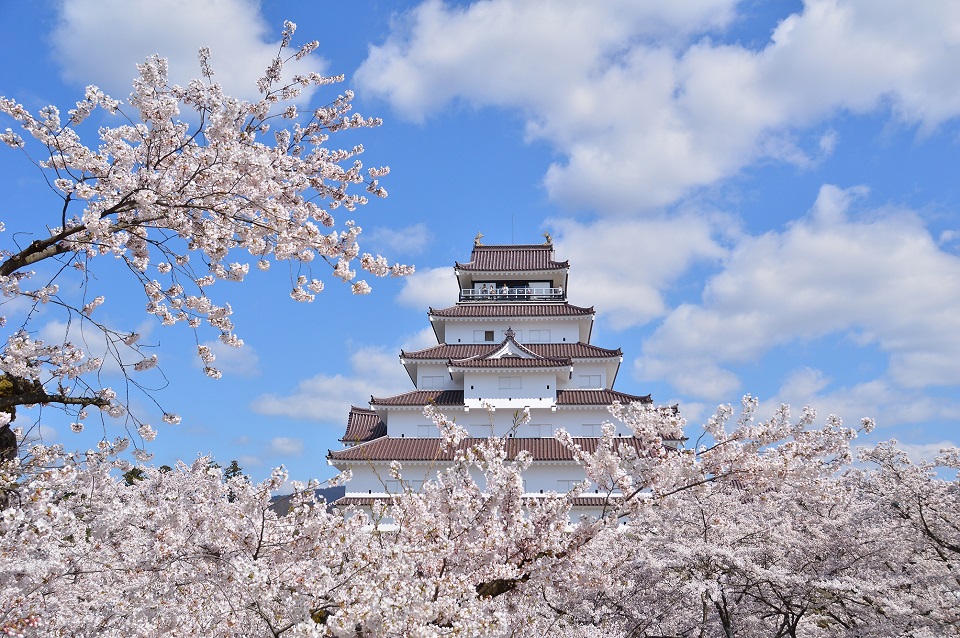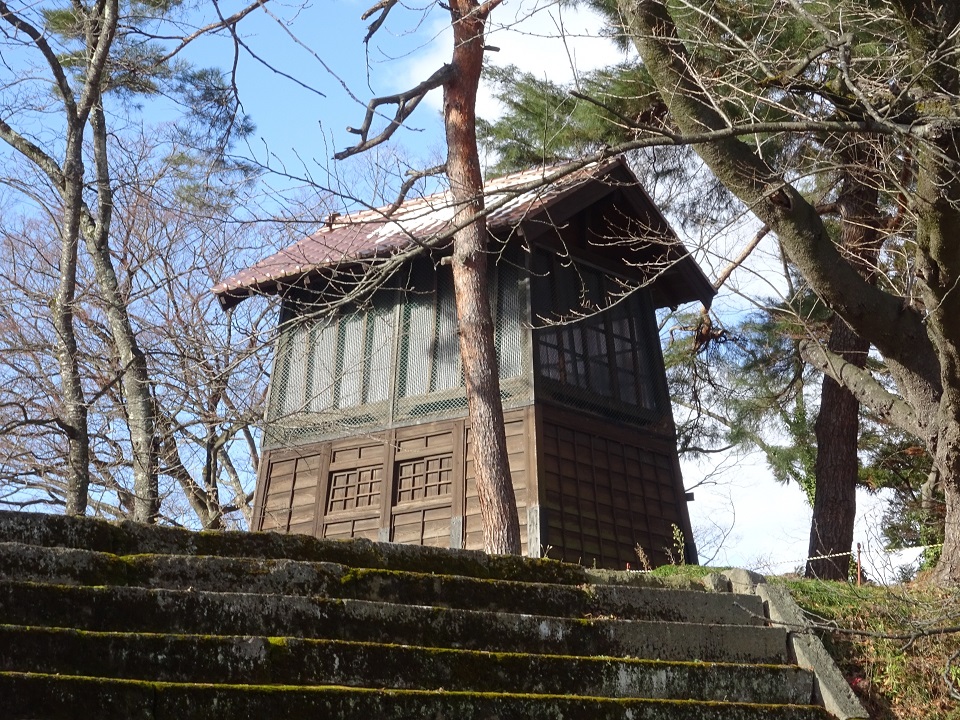-
- USA/Canada 1-800-285-2726
- Australia (02) 8006 4411

Tsuruga Castle, also known as Aizu-Wakamatsu Castle, is a hilltop castle in Fukushima Prefecture built by Ashina Naomori in 1384. The castle was originally named Kurokawa Castle and served as the administrative center of Aizu for almost five centuries until 1868. It was in 1592 when lord Gamō Ujisato redesigned the castle that Tsuruga Castle gained its new name. In 1868, the Boshin War, sometimes referred to as the Japanese Revolution, took place. This was a battle over power and control of Japan between the Tokugawa family and the Imperial Court. The imperial court was victorious, thus regaining political power. It was during this war, specifically during the Battle of Aizu that the Tsuruga Castle was besieged and later partially demolished. The castle was reconstructed in 1965 and now features a museum interior with displays on the history of the city and the castle. The castle also features an observation deck with great panoramic views of the city of Aizu.

A five-story castle tower that stands out even in Tsuruga Castle. This building is open to the public as the "Tsurugajo Castle Tower Museum", where you can experience the history of Aizu. In 2011, the roof was replaced with the same "red roof tile" as at the time of the Edo period. Among the existing castle towers, it became the only red-tiled castle tower in Japan.

The tea room "Rinkaku" related to the senke, school of tea ceremony. It was built by Sennorikyu’s son, Shoan. In 1591, Sennorikyu bought the wrath of the feudal lord Hideyoshi Toyotomi and was forced to kill himself (seppuku). Gamo Ujisato, the lord of the castle at the time, hid Shoan in Aizu for the restore of the senke.
Shoan built a Rinkaku for Ujisato in order to reward this grace. As a result, Shoan returned to Kyoto and succeeded in reviving Senke. Rinkaku is a rustic tea house made out of a thatched hut, which is very rare in eastern Japan. It was relocated and preserved in the castle town after the Boshin War, but it was restored to its original location in 1990. It is registered as an important cultural property of Fukushima prefecture.

Kanetsukido is located a little west of the castle tower of Tsuruga Castle. Even when the Boshi War became a siege battle, this bell continued telling the exact time. The ally soldiers outside the castle could know if the castle was alive from the sound of the bell. It is said that even if the Tokimori (a person who rang the bell) was shot, another person rang the bell and did not stop until the castle opened.
The residence of a feudal lord, the Odawara Hojo Family
Five story high castle with distinctive natural ocean moat
One of twelve original castles; popular cherry blossom spot
Great view of Wakayama and a popular cherry blossom site
One of 12 castles built before the Edo period that still stands.
Residence of Tokugawa Ieyasu, the first shogun of Edo
Well fortified hilltop castle; several original wooden buildings remain
Hirajiro castle built on plains rather than a hill
Nicely preserved former castle town and famous for its local pottery
The White Heron Castle - UNESCO's World Heritage
The Oldest Castle and Existence since the Edo Period
The Way of Tea